2017 Kawasaki Jet Ski Ultra 310R Review
Kawasaki's race-ready Jet Ski
Peruse the photo gallery for Kawasaki’s Ultra 310R and you’ll notice something you won’t see elsewhere – riders in helmets. Clearly this model’s target audience isn’t just expecting generic fun in the sun. Instead, they’re looking for race-ready performance, buoy-shredding handling, and as the Ultra is known for, offshore dominance.
That audience may be more of a niche, but it’s well-defined. And in the 310R, Kawasaki delivers a craft with the appropriate focus.
All About That Base
Engine: Four-cylinder 1,498cc
Fuel Capacity: 20.6 gal.
Stowage Capacity: 56 gal.
Seating Capacity: 3
MSRP: $16,299
The success – and appeal – of any Ultra model comes down to its base, a combination of hull and engine that work in unison to deliver the craft’s fabled ride. The hull is a favorite in offshore circles for the way in which it handles rough water. Featuring a deep 22.5-degree deadrise, it never wavers in waves or chop, but instead simply slices through with predictable finesse. It’s one of the few craft that I’m comfortable simply pinning the throttle when riding offshore, knowing the hull will track straight and true and not throw any curves my way. The resulting ride isn’t jarring, either. You just feel like you’re atop a craft made for the conditions.
Yes, calmer conditions used to reveal a few chinks in the Ultra’s armor, but Kawasaki wisely added electric trim several years back, a change that woke up the craft’s flat water ability. Use that trim to plant the bow as you enter a corner and the hull tracks – and feels – like a much smaller craft, carving a sharp angle with little-to-no play at the stern. Bump that trim back up as you exit the corner to get some of that hull surface out of the water and you’re instantly climbing back toward the top of the craft’s power curve.
That handling prowess may be produced in the mold, but it’s brought to life by the Ultra’s powerful engine. A now-familiar 1,498cc inline four-cylinder with an Eaton Twin Vortices supercharger and ample intercooler, it produces 310 horsepower, more than any other craft on the market. It also cranks out 1,890 pounds of thrust. That power comes on brutally strong, stretching your arms from the second you yank back the throttle and accompanying that acceleration with the roar of a jet aircraft. It continues to be delivered in similar fashion until peaking at an average 67 mph. And yes, I’ve gone faster in ideal conditions.
The combination of hull and engine has been proven time and time again over the years in offshore races.
Race-Oriented Design
As to how the “R” distinguishes itself from the pack, think of it as the Ultra designed to do what it does best – race.
That focus is obvious in the handlebar setup. Rather than the cushioned, covered steering assembly found elsewhere in the line, the 310R’s bars are stripped to the core, with a beefy, exposed column and aftermarket-style stainless steel bars with straight-forward padded crossbar that eliminates play. Yes, you lose the ability to tilt on the fly, but most hardcore riders prefer to dial in their exact position beforehand. A total of 18 positions are available via three height adjustments, two mounting positions, and a wide range of rotational positions. If desired, accessory clamps can expand the possibilities even more.
The race-minded ergonomic focus continues to the saddle. Narrower than the typical Ultra seat, it doesn’t force a riders legs as wide, and in the process brings more of the rider’s leg muscles into play. The cover material also has a grippy feel, with just one primary bolster to secure the driver into position. Behind, the saddle simply angles upward, allowing aggressive riders to move around without obstruction. I also continue to appreciate that the bolster itself is soft enough to crouch atop when you want to move your weight a tad further back.
That race focus eliminates most extraneous bells and whistles, but the 310R retains cruise control and no-wake modes, as well as a fuel-saving ECO mode. Use cruise for longer-distance cruising, or when towing a skier or wakeboarder to deliver a steady ride. Use ECO to stretch your fuel when necessary but realize that even ECO mode feels a little sportier on a Kawasaki.
Kawasaki has still not followed Sea-Doo and Yamaha by offering an electronic reverse or deceleration feature, but the standard mechanical reverse does its job. Ultras do offer impressive capacities, however, with 20 gallons of fuel on tap and 56 gallons of storage space, most of which is found in the expansive front compartment.
Targeted Audience
No, the craft doesn’t offer anything really new for 2017. Even the Ebony/Lime Green colors and graphics return. But what the 310R’s got continues to get the job done. The power and handling still run with the competition head to head, and that offshore ability impresses just as much now as when the boat was first introduced.
Clearly the Ultra was ahead of its time in many regards. And just as clearly, the “R” version knows its audience.
Get PersonalWatercraft.com in your Inbox!
Like PersonalWatercraft.com on Facebook
Comments
Most Popular

2025 Yamaha JetBlaster PRO 2-Up Review

Remembering the Sea-Doo XP

2024 Kawasaki Jet Ski STX 160X Review

2017 Kawasaki Jet Ski Ultra 310LX Review

Whatever Happened to the Wetbike?




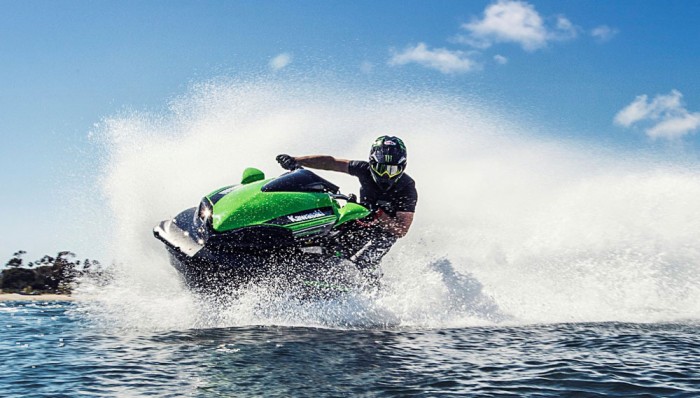
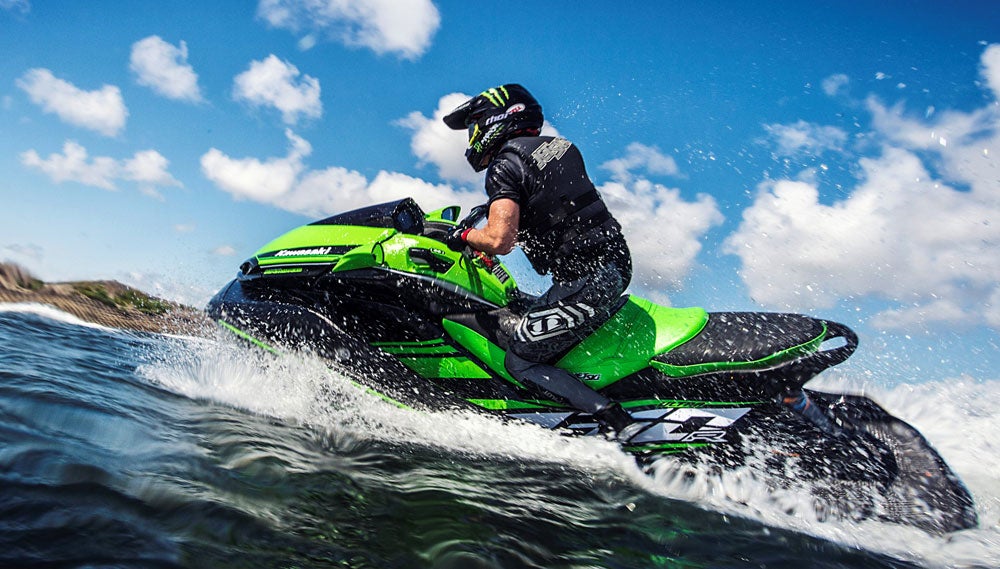
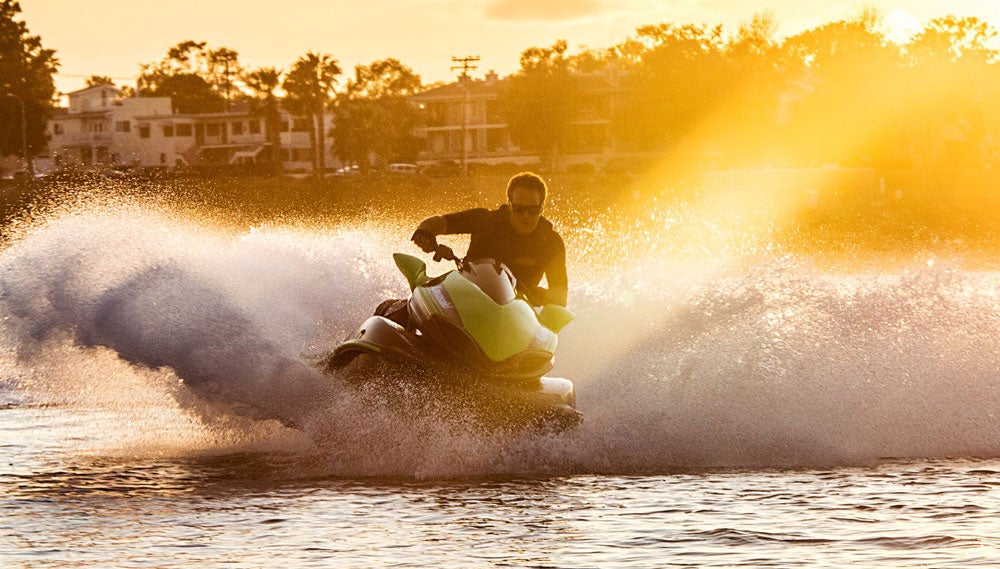
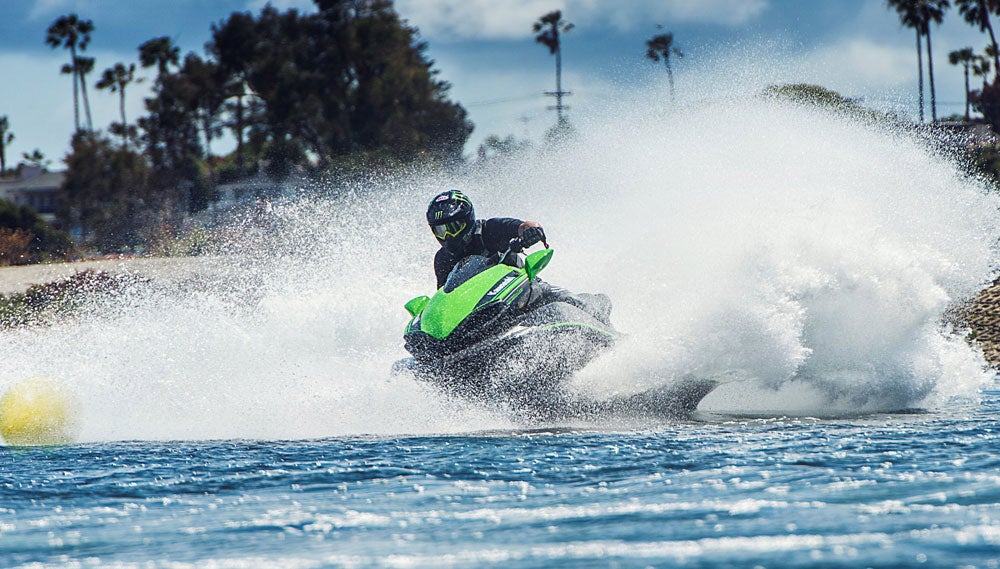
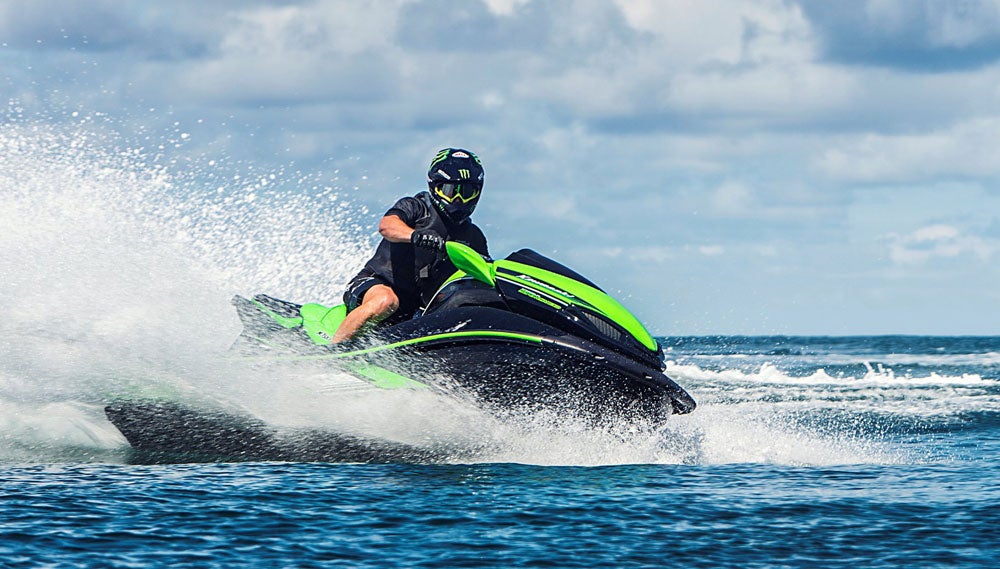









 Your Privacy Choices
Your Privacy Choices